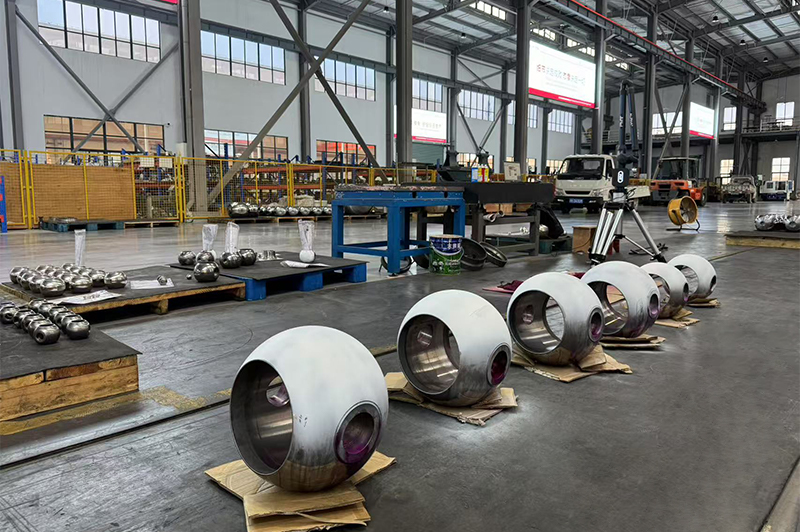The evolution of the Ball Valve Body has played a significant role in expanding the functionality and adaptability of the ball valve across different industries. As engineering demands grow, there is an increasing focus on refining the structural and performance aspects of these components. Improvements in shape, thickness, and internal contouring have allowed manufacturers to respond to a wider variety of pressure and flow conditions without increasing the complexity of the system.

A Ball Valve Body is the foundational element that houses the ball mechanism and connects to other pipeline sections. Its design affects not only the mechanical strength but also the sealing effectiveness of the ball valve. With greater attention given to compact layouts and modularity, these bodies are now easier to integrate into both automated systems and manually operated setups. The adaptability of the form allows it to support both high-temperature and low-temperature fluids, as well as different media such as gases, liquids, and slurries.
One of the major changes in Ball Valve Body design is the expanded use of alternative materials. Engineers have started choosing alloys and composite materials that can better withstand corrosive environments without frequent maintenance. This enhances the lifecycle of the ball valve, especially in sectors like chemical processing and marine engineering where fluid media can be highly aggressive. Material upgrades not only improve durability but also contribute to reduced system downtime, which is a critical factor in large-scale operations.
Modifications to internal geometry also contribute to smoother fluid dynamics. When the internal surface of the Ball Valve Body is optimized to reduce turbulence and improve flow consistency, it supports efficient energy use and better process control. These small yet deliberate changes affect how the ball valve operates under fluctuating pressures and help less noise or vibration, which can be issues in certain high-velocity pipelines.
Manufacturers are also paying closer attention to compatibility with automation. The Ball Valve Body now often features more precise mounting platforms and integrated channels for sensors or actuators. As industries adopt more remote and smart control systems, the ball valve needs to accommodate rapid actuation without compromising mechanical reliability. The result is a component that is more aligned with digital operation trends without losing its fundamental mechanical simplicity.
Finally, the growing diversity in pipe configurations has encouraged the development of versatile connection types. Whether flanged, threaded, or welded, the Ball Valve Body can now be customized to suit different installation standards. This flexibility supports deployment across energy production, food processing, and water treatment facilities where piping layouts and space constraints differ widely. At the same time, the ball valve maintains its core advantage of simple operation and small torque requirement.
Refinements to the Ball Valve Body are extending the reach of the ball valve into more demanding and varied industrial applications. These innovations are not driven by novelty but by practical necessity, shaped by the ongoing pursuit of safety, efficiency, and reliability. As systems become more sophisticated, even modest adjustments in design can make a noticeable impact on performance, positioning the ball valve as a continuing choice for dependable flow control.